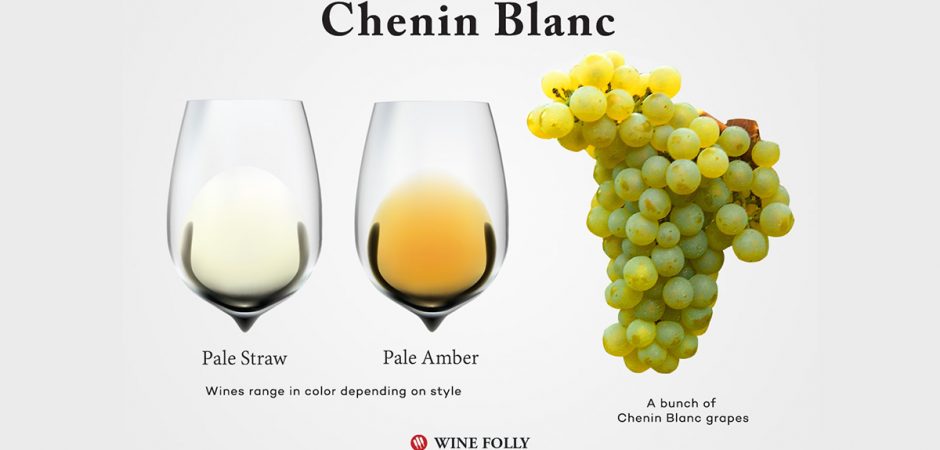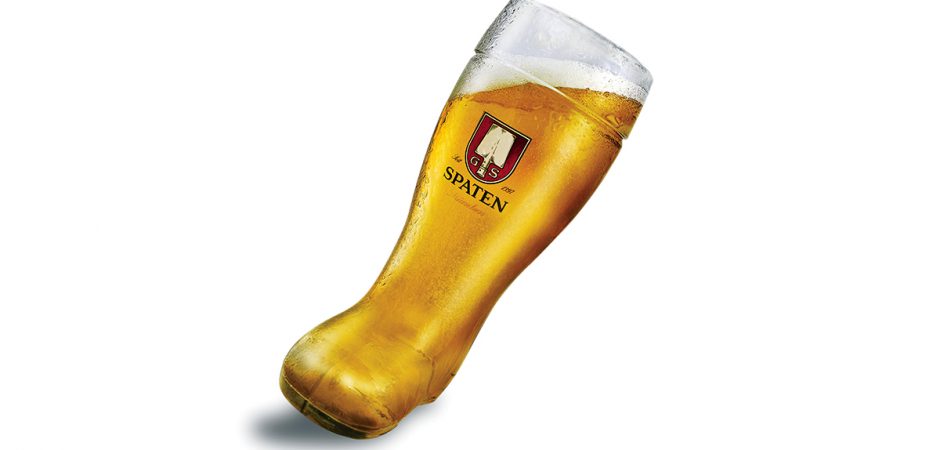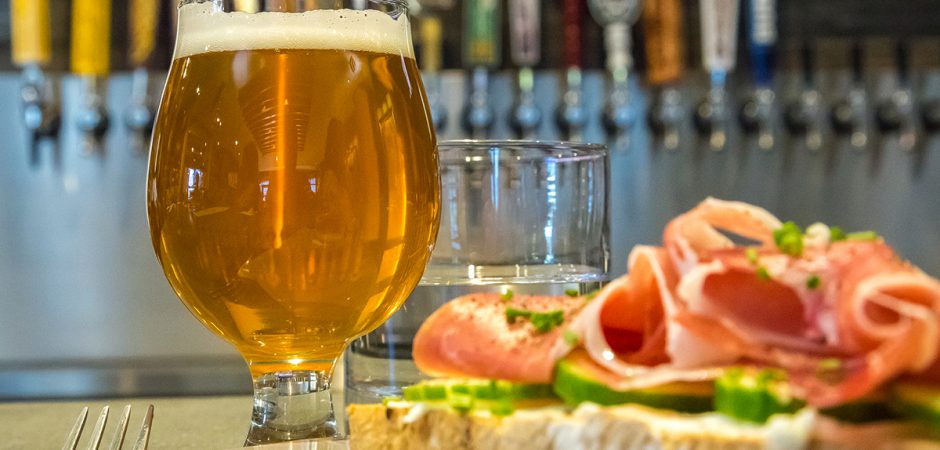Vouvray is the Best Way to Get Cozy This Autumn
The Times They Are A-Changin’. Autumn is in the air and with that comes the time for transitional wines. While it might be warm enough for shorts and a T-shirt during the day, at night there’s a chill in the air and a sweater or jacket will probably be called for. Well, you can hold off on the heavy reds and the mulled spice wines for now, but you might want to switch up from your summer Pinot Grigios and Sauvignon Blancs to some cooler weather wines. We have Vouvray on our minds.
Vouvray (“voo-vray”) is a white wine made with 100% Chenin Blanc grapes that grow along the banks of the Loire River in the Touraine district of France. Wines range in style from dry to sweet, and still to sparkling, each with its own distinct character. Regardless of style, Vouvray is loved for having naturally penetrating acidity and aromas suggestive of quince, chamomile, honeysuckle and apple, and make you immediately wish for another sip. Sounds like Autumn in a glass. These stunning white wines have several stylistic variations depending on the amount of residual sugar. Sec and demi-sec bottlings represent the drier styles and pair perfectly with dishes like roasted pork tenderloin with grilled apples. The luscious moelleux and liquoreux are notably sweeter, often laden with botrytized aromas and flavors, and are best enjoyed with desserts, such as a honeyed pear tart. City Vineyard currently carries a hand selected amount of delicious, mouthwatering, Vouvray.
Bernard Fouquet Vouvray ‘Cuvee de Silex’ 2016
This Chenin Blanc is wonderfully aromatic with notes of white peach, white flowers, lanolin, and crushed rock. Beautiful balance on the palate with ripe orchard fruit, warm wet wool, and poached pear matched with lemony acidity and a long finish. It’s on the lighter side of medium-bodied and very fresh. This wine loves vegetables and it’s very happy alongside goat cheese. Try pairing it with our Spring Vegetable Tart with Chevre. The ripe fruit compliments the asparagus and leeks while the acidity matches that of the goat cheese. It’s a classic partnership.
Champalou Vouvray 2016
The Champalou family farms twenty-one hectares of vineyards on clay, limestone, and siliceous soils. They embrace sustainable farming while also integrating the use of the lunar calendar more traditionally associated with organic viticulture. The soils in their vineyards are rich, deep, and aerated through regular plowing. Cover crops are planted in between vineyard rows to help with excess water absorption and to encourage microbiotic activity in the soil. The Champalou house style produces wines of great elegance and tenderness, highly aromatic with impeccable balance. No one comes close to copying their distinct style.
Charles Bove Vouvray
From Vouvray, where the Abbey of Marmoutiers promoted the farming of Chenin in the 3rd century. Vouvray and its sibling Montlouis across the river are Touraine’s two great white wine appellations. This is a traditional style of Vouvray, bottled with a touch of residual sugar, which allows its incisive fruit to age long and gracefully.
Need more ideas on what types of wine pairs best with each season? Head to the store today or sign up for our mailing list!





